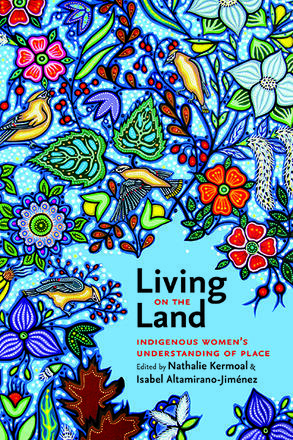
An interdisciplinary volume that explores Indigenous women’s
environmental knowledge and how that knowledge is often marginalized by
ethnocentric research paradigms and legal processes that focus on male
economic interactions with the environment.
Description
An extensive body of literature on Indigenous knowledge and ways of
knowing has been written since the 1980s. This research has for the
most part been conducted by scholars operating within Western
epistemological frameworks that tend not only to deny the subjectivity
of knowledge but also to privilege masculine authority. As a result,
the information gathered predominantly reflects the types of knowledge
traditionally held by men, yielding a perspective that is at once
gendered and incomplete. Even those academics, communities, and
governments interested in consulting with Indigenous peoples for the
purposes of planning, monitoring, and managing land use have largely
ignored the knowledge traditionally produced, preserved, and
transmitted by Indigenous women. While this omission reflects
patriarchal assumptions, it may also be the result of the reductionist
tendencies of researchers, who have attempted to organize Indigenous
knowledge so as to align it with Western scientific categories, and of
policy makers, who have sought to deploy such knowledge in the service
of external priorities. Such efforts to apply Indigenous knowledge have
had the effect of abstracting this knowledge from place as well as from
the world view and community—and by extension the gender—to
which it is inextricably connected.
Living on the Land examines how patriarchy, gender, and
colonialism have shaped the experiences of Indigenous women as both
knowers and producers of knowledge. From a variety of methodological
perspectives, contributors to the volume explore the nature and scope
of Indigenous women’s knowledge, its rootedness in relationships
both human and spiritual, and its inseparability from land and
landscape. From the reconstruction of cultural and ecological heritage
by Naskapi women in Québec to the medical expertise of Métis women in
western Canada to the mapping and securing of land rights in Nicaragua,
Living on the Land focuses on the integral role of women as stewards of
the land and governors of the community. Together, these contributions
point to a distinctive set of challenges and possibilities for
Indigenous women and their communities.